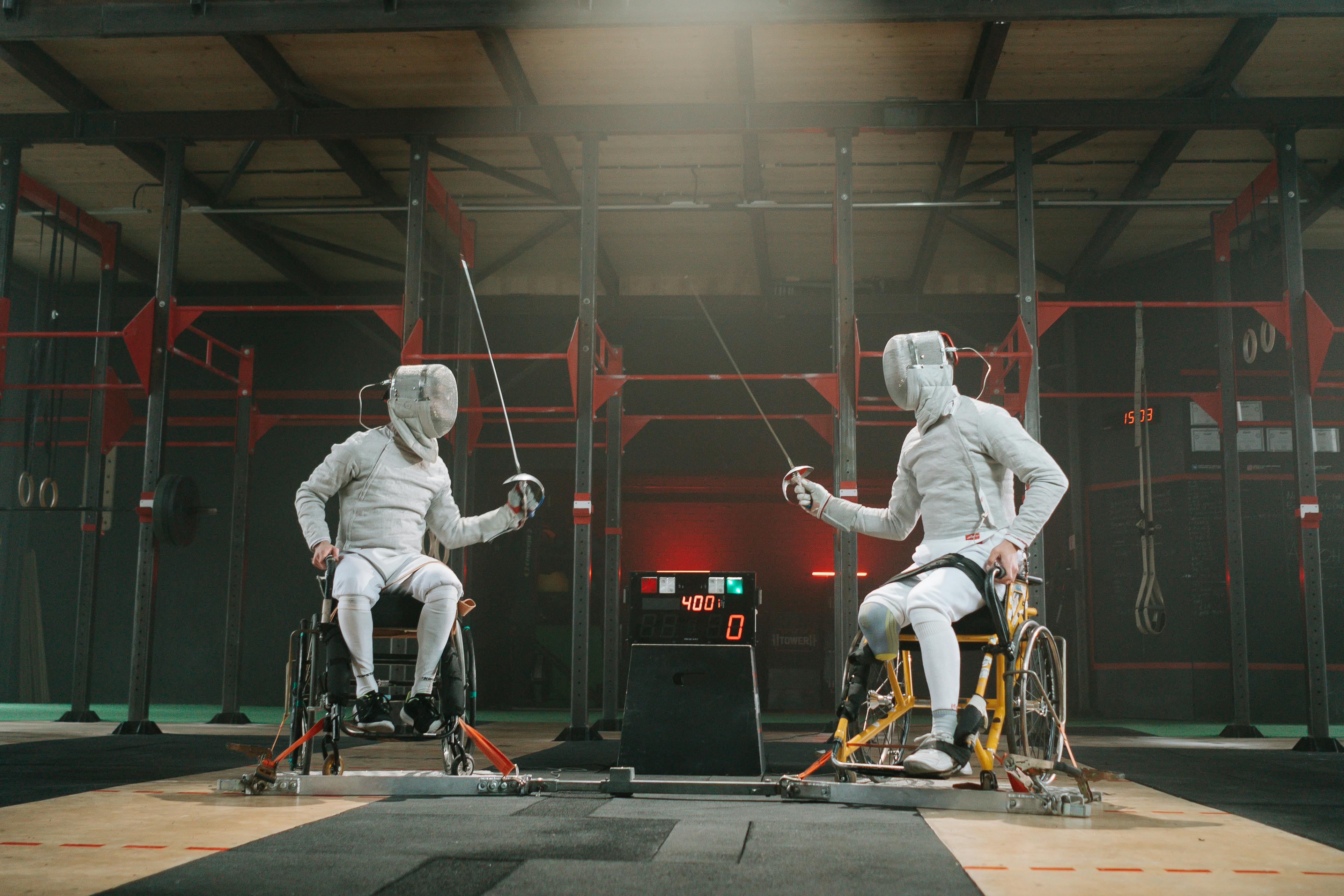Uncovering the Healing Power of Art Therapy: A New Perspective on Wellness
Have you ever considered how creating art can affect your health and well-being? Art therapy is a unique blend of creativity and psychology, used to provide therapeutic benefits. This innovative approach has been gathering momentum in recent years, promising improved mental, physical, and emotional health through the process of creating art.

The Origins and Evolution of Art Therapy
Art therapy’s roots trace back to the mid-20th century. Psychiatrists began to notice their patients’ expressive artwork, which they used to communicate feelings that were otherwise difficult to articulate. This led to the foundation of the American Art Therapy Association in 1969, which has since been promoting and regulating the profession. Over the years, research has led to the advancement of art therapy techniques, enhancing its effectiveness in treating various conditions.
Art Therapy in Today’s Health Landscape
Today, art therapy has found its way into various healthcare settings. From psychiatric hospitals and rehabilitation centers to schools and community organizations, art therapy has earned recognition as a beneficial method of enhancing mental health. It’s increasingly being used for stress management, improving self-esteem, and even for physical rehabilitation.
The Science Behind Art Therapy
Art therapy is more than just an enjoyable pastime. Several studies have revealed its therapeutic benefits. Neurological research has found that creating art can stimulate the release of dopamine, a neurotransmitter associated with feelings of pleasure and satisfaction. This can significantly reduce feelings of anxiety and depression.
Art therapy also helps to improve self-awareness, enabling individuals to express and understand their emotions better. It can be particularly beneficial for people who have difficulty expressing themselves verbally, such as children or those with specific mental health conditions.
Breaking Down the Benefits and Challenges
Art therapy offers many benefits, both psychological and physical. It encourages self-expression and can help reduce stress, improve self-esteem, and enhance cognitive functions. It also offers a non-verbal outlet for emotions, which can be particularly beneficial for those who struggle with verbal communication.
However, it’s important to remember that art therapy is not a magic cure-all. It works best when incorporated into a broader treatment plan. Furthermore, art therapy should always be conducted by a professional art therapist to ensure it’s administered safely and effectively.
Fascinating Insights into Art Therapy
-
Art therapy is not just beneficial for mental health but can also help improve physical health. Research has shown it can help reduce pain and stress in cancer patients.
-
Art therapy can be beneficial for people of all ages and backgrounds. It’s been successfully used to help children with behavioral issues, adults with mental health disorders, and older adults living with dementia.
-
You don’t need to be an artist to benefit from art therapy. The focus is on the process, not the product.
Wrapping Up the Canvas
Art therapy, with its unique blend of creativity and psychology, offers a fresh perspective on health and wellness. It’s a testament to the notion that health isn’t just about the physical, but also about emotional and mental well-being. While it may not be a standalone solution for health issues, it undoubtedly provides a creative and effective tool in the broader wellness toolkit. As we continue to explore and understand the healing power of art, we can look forward to more innovative ways to enhance our overall well-being.





